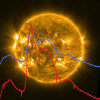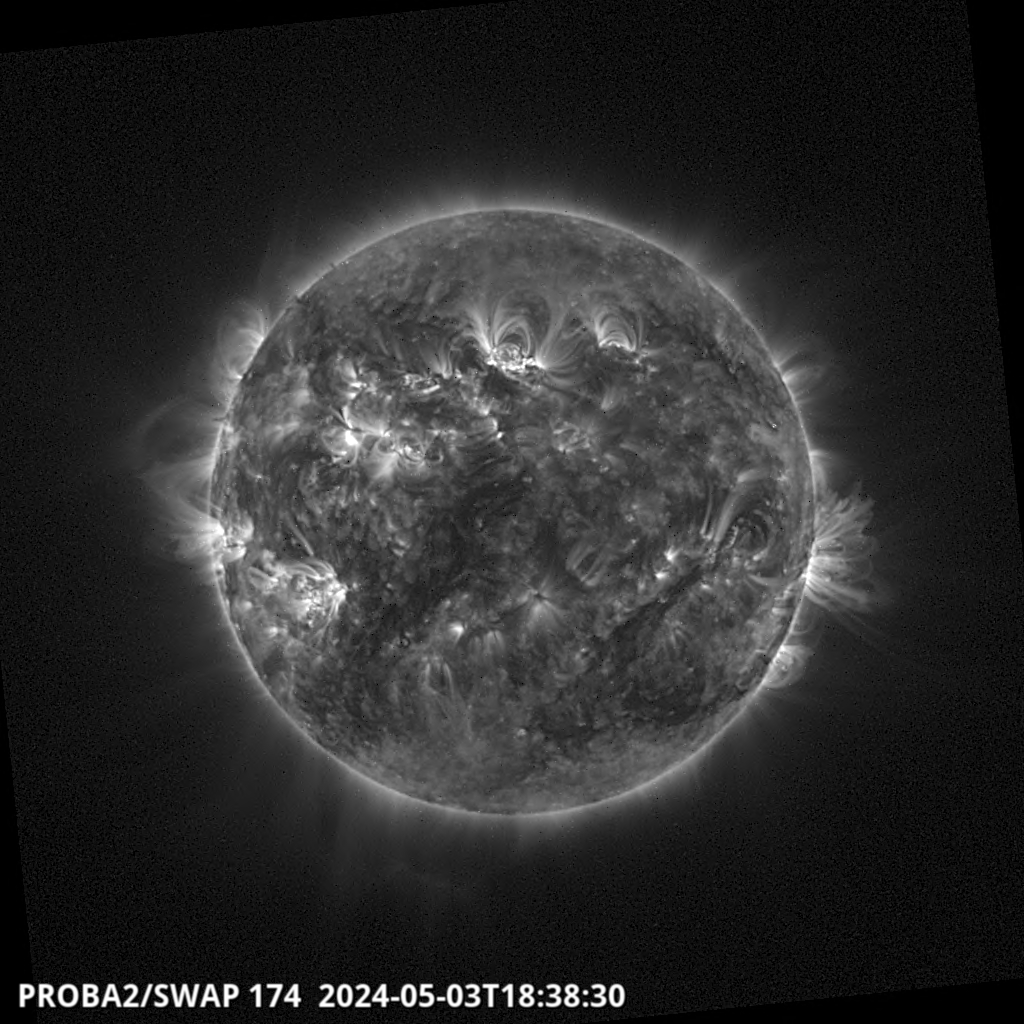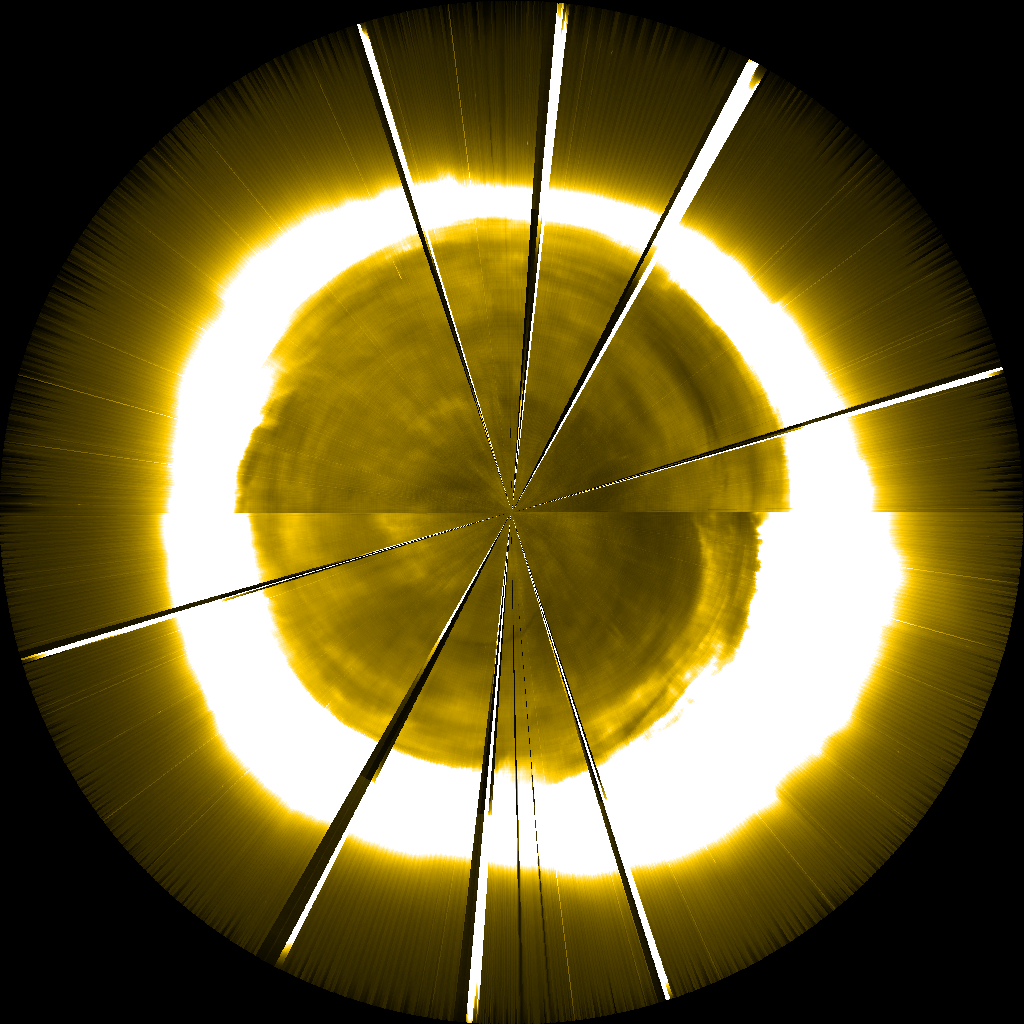Main menu
You are here
Seventh Call for PROBA2 Guest Investigator Program - Deadline Extended
Tue, 03/15/2016 - 18:48 — Matthew West
 Due to a recent surge in interest in the PROBA2 Guest Investigator program the proposal submission deadline has been extended to 2016-April-01. Those who have already submitted a proposal may re-submit their proposal if they wish to work on them more.
Due to a recent surge in interest in the PROBA2 Guest Investigator program the proposal submission deadline has been extended to 2016-April-01. Those who have already submitted a proposal may re-submit their proposal if they wish to work on them more.
 Due to a recent surge in interest in the PROBA2 Guest Investigator program the proposal submission deadline has been extended to 2016-April-01. Those who have already submitted a proposal may re-submit their proposal if they wish to work on them more.
Due to a recent surge in interest in the PROBA2 Guest Investigator program the proposal submission deadline has been extended to 2016-April-01. Those who have already submitted a proposal may re-submit their proposal if they wish to work on them more.The PROBA2 PI-team welcomes research proposals for the seventh round of its Guest Investigator program for research based on SWAP and LYRA data analysis by scientists outside the SWAP and LYRA PI-teams. We encourage in particular early-career post-docs and PhD students to apply, although more senior guest investigators' proposals are also welcome. In this round we anticipate funding for around six guest investigators or teams who will visit the PROBA2 Science Center at the Royal Observatory of Belgium, in Brussels, between April 2016 and December 2016.
Selected proposers will be invited to spend a few weeks with the PI teams to obtain expert knowledge on the instruments, to participate in the daily commanding of the SWAP and LYRA instruments according to the needs of their proposal, and to conduct their research. Two separate visits to the Science Center are possible, such that the first visit can be devoted to the preparation of the research and the second one to the finalization of the work. The ultimate goal for every GI visit is to publish a paper in a peer-reviewed journal
Guest investigators may be reimbursed for travel, accommodation and living expenses up to a maximum of 5000 euro, provided that the guests home institute authorizes such payment. Limited support to present the results at an international conference (during the visit at the PROBA2 Science Center) can also be considered.
During the selection process, special consideration will be given to early-career scientists and PhD students, collaborative research teams with members from more than one research institute (funding above the 5000 euro level may be approved for such teams), to proposals that are closely aligned with the research topics below, and to proposals that appear likely to lead to publications.
SWAP and LYRA are particularly well-suited to several areas of study, and we especially encourage proposals addressing these issues:
- Solar irradiance studies and the influence on the Earth. With its four channels spread over the 1-220 nm range, LYRA observed the solar emissions that have a strong influence on the Earth ionosphere. We are interested in proposals investigating those impacts over the short and mid terms. In particular, the instrument observes the extinction of the solar signal by the Earth atmosphere every orbit during its eclipse season (which lasts from October till March on average).
- Studies of the evolution of the corona and solar irradiance over the course of the solar cycle. PROBA2 has been in operation since late 2009, providing observations that span nearly the entirety of solar cycle 24. We encourage proposals to study the long-term evolution of the EUV corona and its irradiance using SWAP and/or LYRA data, especially those that probe the nature of the unusual aspects of the present solar cycle.
- Flares, Eruptions and their related phenomena. SWAP provides continual observations in a bandpass with a peak at 17.4nm and a relatively large field of view. SWAP observations offer a unique view of eruptive phenomena, including post-flare loops, erupting prominences, large-scale propagating waves in the corona, coronal dimmings, and the initiation and acceleration of eruptions. We encourage proposals that would explore the mechanism responsible for the onset of eruptions and flares, or any of their associated phenomena. LYRA produces continuous high-cadence observations of solar irradiance in four broad bandpasses in the EUV/UV range. This provides an opportunity to measure the short-term variability of solar irradiance with an unprecedented time resolution, and is tailored for anayzing the details of transient events such as flares.
- Studies of the middle corona. SWAPs unique large field-of-view provides an opportunity to study large-scale magnetic structures out to distances of ~1 solar radii. Using image-processing techniques it's possible to explore structures in the ‘middle’ region of the corona; in particular coronal fans and large-scale loops, and the boundary between open and closed magnetic fields. Since solar wind outflow occurs in open field regions, understanding their properties, and comparing them to closed field regions, is key to understanding the solar wind itself.
Note, however, that proposals covering all topics will be welcomed, in particular new and innovative areas of study.
Proposals must be received by 2016-March-18 2016-April-01 (23:59 CET), and should include:
- a short CV of the candidate guest investigator(s)
- a (maximum) two page description of the proposed research including a description of the required SWAP and LYRA data. (Information about the capabilities of the SWAP and LYRA instruments can be found on the PROBA2 Science Center website; the PI teams are available to address additional questions.)
- at least one publication authored by a member of the candidate guest investigator team related to the proposed research.
- a short motivation and estimate for the requested financial support as well as a motivation and timeframe of an eventual visit to the SWAP and LYRA PI teams.
- in case the candidate guest investigator is a PhD-student, a recommendation letter from the thesis supervisor is also requested.
Proposals should be sent in PDF format to swap_lyra@oma.be. (Questions about the program or application process can be sent to the same address.)
More information on logistics and accommodation can be found in the PROBA2 welcome book.
The submitted proposals will be evaluated by a subcommittee of the PROBA2 Science Working Team. Note that each selected Guest Investigator will be asked to present their results in a seminar and to write a brief report about their activities following their stay.





